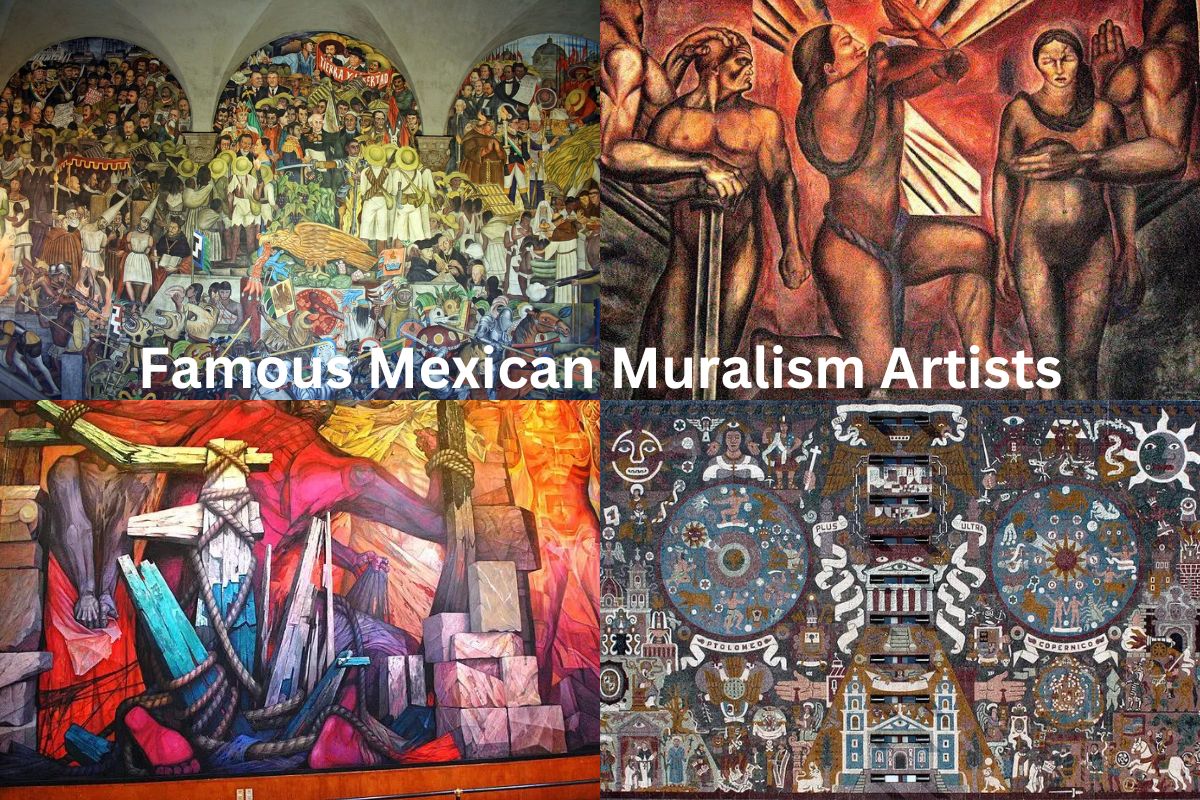Mexican Muralism was a prominent art movement that emerged in Mexico during the early 20th century. The movement was characterized by large-scale murals that depicted various aspects of Mexican history, culture, and social struggles.
The murals were often created by teams of artists and were intended to be viewed by the general public. This art form was used to promote national pride and social consciousness, and it had a significant impact on Mexican art and culture.
Some of the most famous Mexican Muralism artists include:
- Diego Rivera
- David Alfaro Siqueiros
- José Clemente Orozco
- Rufino Tamayo
- Francisco Zúñiga
These artists created powerful and thought-provoking murals that reflected the history and struggles of Mexico, and their work has had a lasting impact on Mexican art and society.
Famous Mexican Muralism Artists
1. Diego Rivera
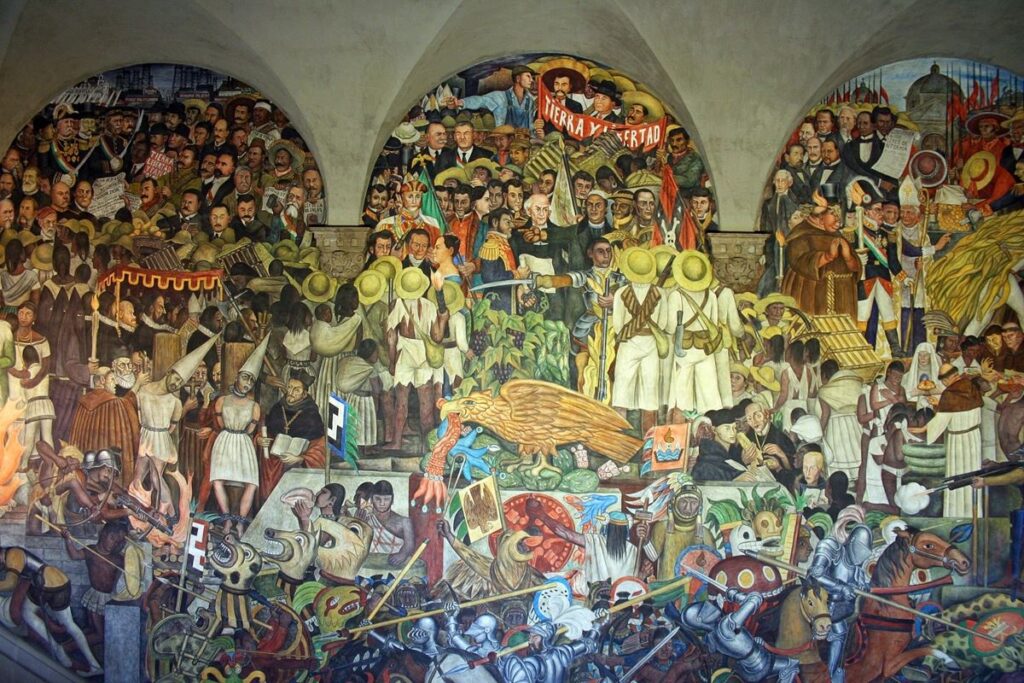
Diego Rivera (1886-1957) was a prominent Mexican artist and one of the most famous Mexican Muralism artists. He is best known for his large-scale murals that depict Mexican history and social struggles, and for his political activism.
Rivera was born in Guanajuato, Mexico, and began painting at an early age. He studied in Mexico City, as well as in Europe, where he was exposed to the works of the Renaissance masters. Rivera’s murals often feature a blend of European and Mexican artistic influences.
Also Read: Famous Latin American Artists
Rivera was a Marxist and a member of the Mexican Communist Party, and his art reflected his political beliefs. His murals often depicted the struggles of the working class, the exploitation of indigenous people, and the impact of colonialism on Mexico.
Some of his most famous murals include “Man at the Crossroads,” which was commissioned by the Rockefeller family for the lobby of Rockefeller Center in New York City, but later destroyed due to its controversial content. Other notable murals include “Detroit Industry Murals” and “History of Mexico.”
Rivera’s art had a significant impact on the development of Mexican art and culture. He inspired a new generation of artists who sought to use art as a means of promoting social change and political activism. Rivera’s legacy continues to influence Mexican art and culture today.
2. David Alfaro Siqueiros
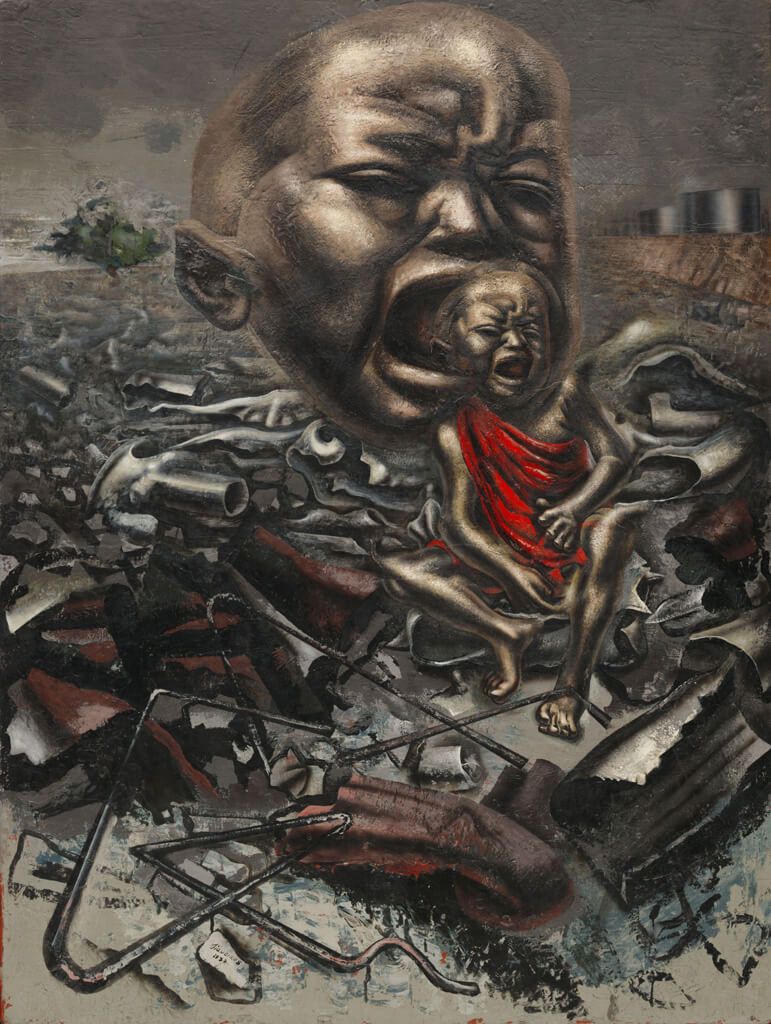
David Alfaro Siqueiros (1896-1974) was a Mexican artist and one of the most prominent figures of the Mexican Muralism movement. He was known for his large-scale murals that depicted the struggles of the working class, the impact of imperialism and colonialism, and the need for social justice.
Siqueiros was born in Chihuahua, Mexico, and began his artistic career as a painter. He later became interested in mural painting and joined the Mexican Muralism movement.
Siqueiros was also politically active and was a member of the Mexican Communist Party. His art was influenced by his political beliefs, and he often depicted revolutionary themes in his murals.
Some of Siqueiros’ most famous murals include “Echo of a Scream,” which depicts the horrors of war and was created for the National Preparatory School in Mexico City, and “Death to the Invader,” which shows the impact of imperialism and was created for the Ministry of Education in Mexico City.
Siqueiros’ art had a significant impact on Mexican art and culture, as well as on the development of modern art around the world.
He was known for his use of innovative techniques and materials, such as the airbrush and industrial paints. His legacy continues to influence artists and activists who seek to use art as a means of promoting social change and political activism.
3. José Clemente Orozco
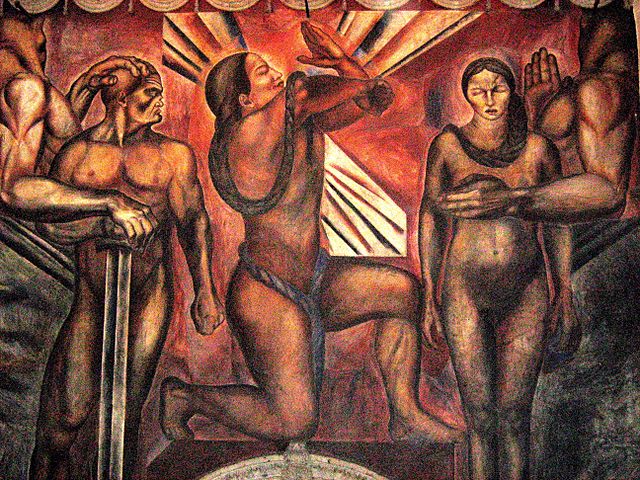
José Clemente Orozco (1883-1949) was a prominent Mexican artist and one of the most important figures of the Mexican Muralism movement. Orozco was known for his murals that depicted the struggles of the Mexican people, the impact of imperialism and colonialism, and the need for social justice.
Orozco was born in Jalisco, Mexico, and began his artistic career as a caricaturist. He later became interested in mural painting and joined the Mexican Muralism movement.
Orozco’s art was heavily influenced by his experiences growing up in Mexico during the Mexican Revolution, as well as by his travels to Europe and the United States.
Some of Orozco’s most famous murals include “Prometheus,” which depicts the struggles of the working class, and “The Epic of American Civilization,” which shows the impact of colonialism on the Americas. The latter mural was created for Dartmouth College in New Hampshire, and is considered one of Orozco’s masterpieces.
4. Aurora Reyes Flores
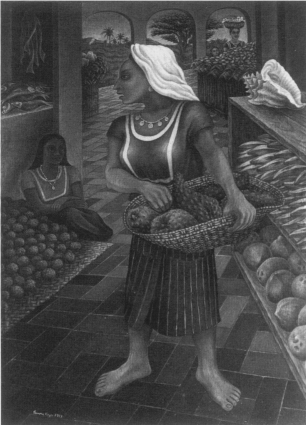
Aurora Reyes Flores (1908-1985) was a Mexican artist and one of the few women involved in the Mexican Muralism movement. Reyes was known for her murals that depicted the struggles of women and the need for gender equality in Mexico.
Reyes was born in Chihuahua, Mexico, and studied at the National School of Fine Arts in Mexico City. She later became interested in mural painting and worked as an assistant to Diego Rivera and David Alfaro Siqueiros. Reyes was also politically active and was a member of the Mexican Communist Party.
Some of Reyes’ most famous murals include “The Rural Teacher,” which depicts a female teacher working in a rural community, and “The Education of the People,” which shows the importance of education in promoting social justice.
Reyes’ art had a significant impact on the development of Mexican art and culture, as well as on the representation of women in Mexican art. She was a trailblazer for women in the Mexican art world, and her legacy continues to inspire women artists today.
5. Jorge González Camarena
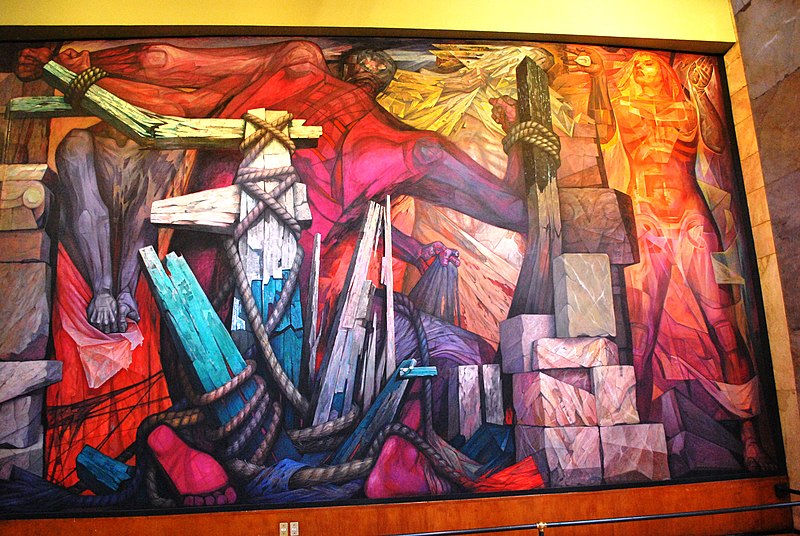
Jorge González Camarena (1908-1980) was a Mexican artist and muralist who played an important role in the development of Mexican art and culture. Camarena was known for his vibrant use of color and his depictions of Mexican culture and folklore.
Camarena was born in Jalisco, Mexico, and studied at the National School of Fine Arts in Mexico City.
He later became interested in mural painting and was influenced by the works of Diego Rivera and David Alfaro Siqueiros. Camarena was also interested in the use of technology in art, and his work often incorporated industrial materials such as fiberglass and neon lights.
Some of Camarena’s most famous murals include “Mexico Today and Tomorrow,” which shows the progress of Mexico during the 20th century, and “The Epic of the Mexican People,” which depicts the history of Mexico from pre-Hispanic times to the present.
Camarena was also known for his portraits of famous Mexican figures such as Frida Kahlo and Diego Rivera.
6. Juan O’Gorman
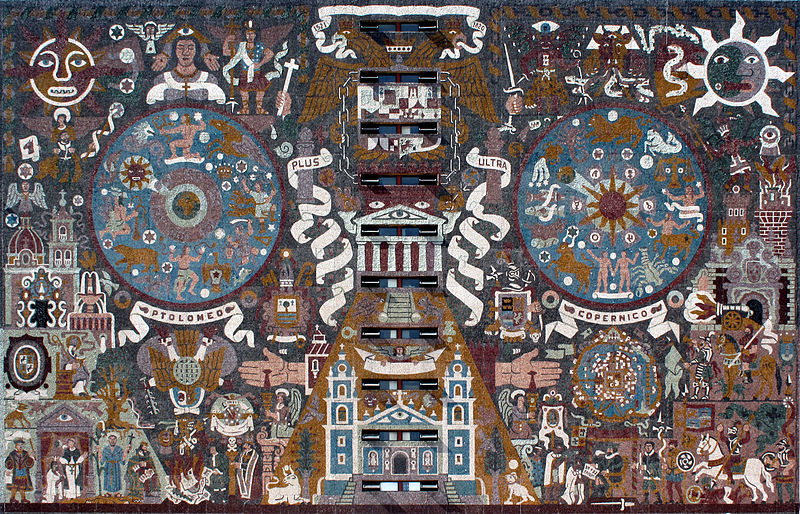
Juan O’Gorman (1905-1982) was a Mexican artist, architect, and muralist who played an important role in the development of Mexican art and architecture. O’Gorman was known for his use of bold colors and his depictions of Mexican history and culture.
O’Gorman was born in Coyoacán, Mexico, and studied at the National Autonomous University of Mexico.
He later became interested in mural painting and worked as an assistant to Diego Rivera and David Alfaro Siqueiros. O’Gorman was also an accomplished architect and designed several important buildings in Mexico City.
Some of O’Gorman’s most famous murals include “The Epic of American Civilization,” which he created with his brother, painter and muralist Miguel O’Gorman, and which depicts the history of the Americas from pre-Columbian times to the present.
O’Gorman also created murals for the National Preparatory School in Mexico City, which depicted the history of Mexico from pre-Hispanic times to the present.
7. Carlos Mérida
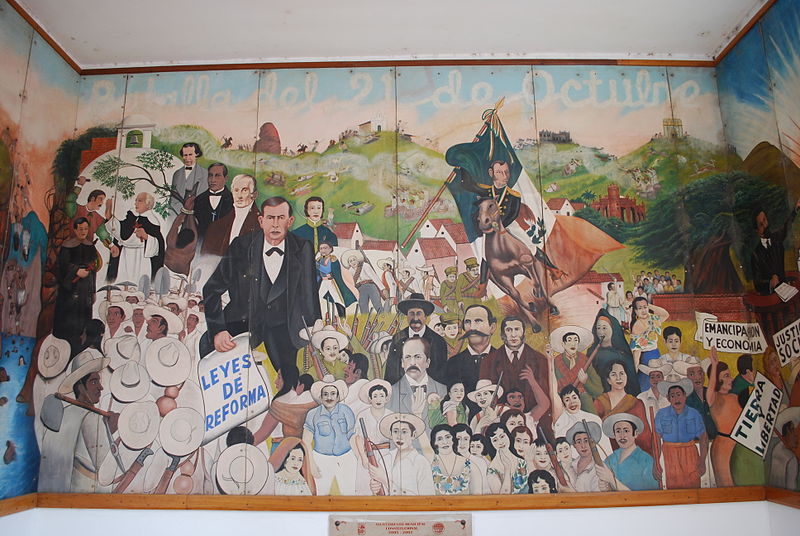
Carlos Mérida (1891-1984) was a Guatemalan artist who played an important role in the development of Mexican art and culture. Mérida was known for his use of vibrant colors and his depictions of Mexican culture and folklore.
Mérida studied art in Guatemala and then moved to Europe, where he was exposed to the works of the European modernists.
He later moved to Mexico and became interested in mural painting, although he was not a member of the Mexican Muralism movement. Mérida was also interested in the use of technology in art and experimented with new materials and techniques.
Some of Mérida’s most famous works include his abstract murals for the National Preparatory School in Mexico City, which depict the natural elements of earth, air, fire, and water.
He also created murals for the Hotel Reforma in Mexico City and the Mexican Pavilion at the 1939 New York World’s Fair.
8. Rina Lazo
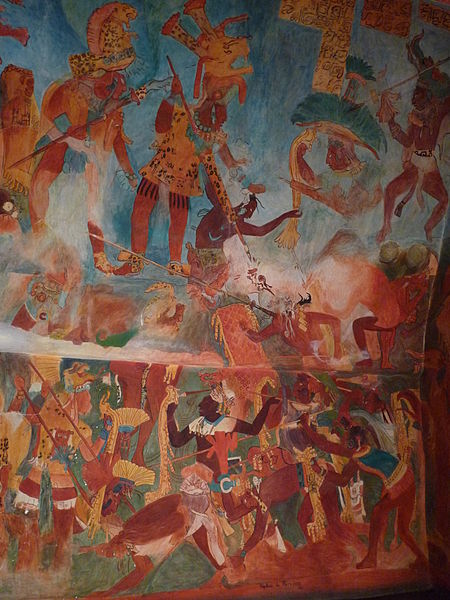
Rina Lazo (1923-2019) was a Guatemalan artist and muralist who played an important role in the development of Mexican art and culture.
Lazo was known for her large-scale murals that depicted Mexican history and culture, as well as for her contributions to the Mexican Muralism movement.
Lazo was born in Guatemala and studied at the National School of Fine Arts in Mexico City. She later became an assistant to the famous Mexican muralist Diego Rivera and worked with him on several murals, including the “Dream of a Sunday Afternoon in Alameda Park.”
Some of Lazo’s most famous murals include “The History of Chiapas,” which she created for the Governor’s Palace in Tuxtla Gutiérrez, Mexico, and “The Story of Mining,” which she created for the National School of Mining in Mexico City. Lazo was also known for her portraits of famous Mexican figures such as Frida Kahlo and Diego Rivera.
9. Saturnino Herrán
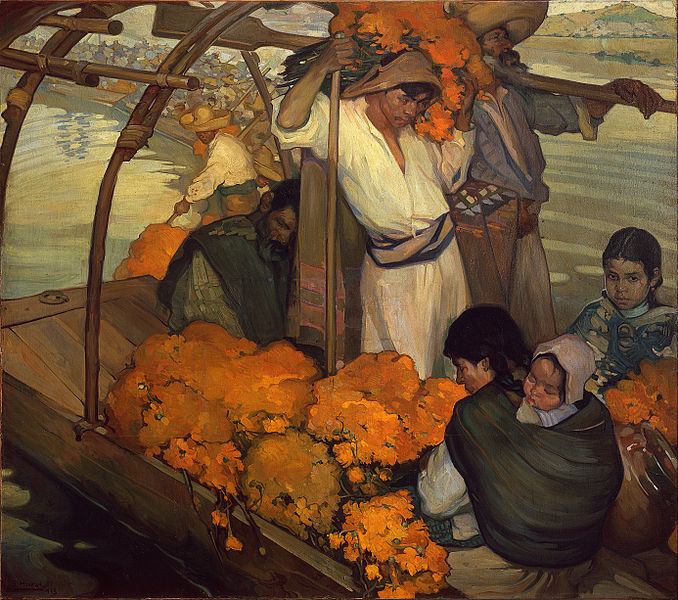
Saturnino Herrán (1887-1918) was a Mexican artist and painter who played an important role in the development of Mexican art and culture during the early 20th century. Herrán was known for his portraits and his depictions of everyday life in Mexico.
Herrán was born in Aguascalientes, Mexico, and studied at the Academy of San Carlos in Mexico City. He later became interested in painting the lives of the Mexican people and their struggles, and his work often depicted the poverty and hardships faced by the working class.
Some of Herrán’s most famous works include “Alms,” which depicts a group of beggars, and “The Offering,” which shows a young girl presenting a bouquet of flowers to the Virgin Mary. Herrán’s work had a significant impact on the development of Mexican art and culture, and he is remembered as one of the pioneers of Mexican modernism.
10. Fermín Revueltas
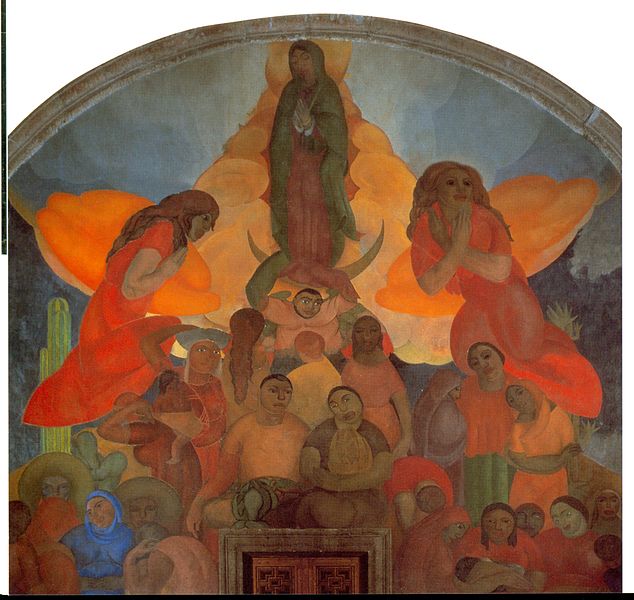
Fermín Revueltas (1901-1935) was a Mexican artist and muralist who played an important role in the development of Mexican art and culture during the early 20th century.
Revueltas was known for his depictions of Mexican history and culture, as well as for his use of bold colors and strong, dramatic compositions.
Revueltas was born in Durango, Mexico, and studied at the Academy of San Carlos in Mexico City. He later became interested in mural painting and joined the Mexican Muralism movement. Revueltas was also politically active and was a member of the Mexican Communist Party.
Some of Revueltas’ most famous murals include “The History of Morelos,” which he created for the Palace of Cortés in Cuernavaca, and “The Four Elements,” which he created for the National Preparatory School in Mexico City.
Revueltas was also known for his portraits of famous Mexican figures such as Emiliano Zapata and Francisco Villa.

